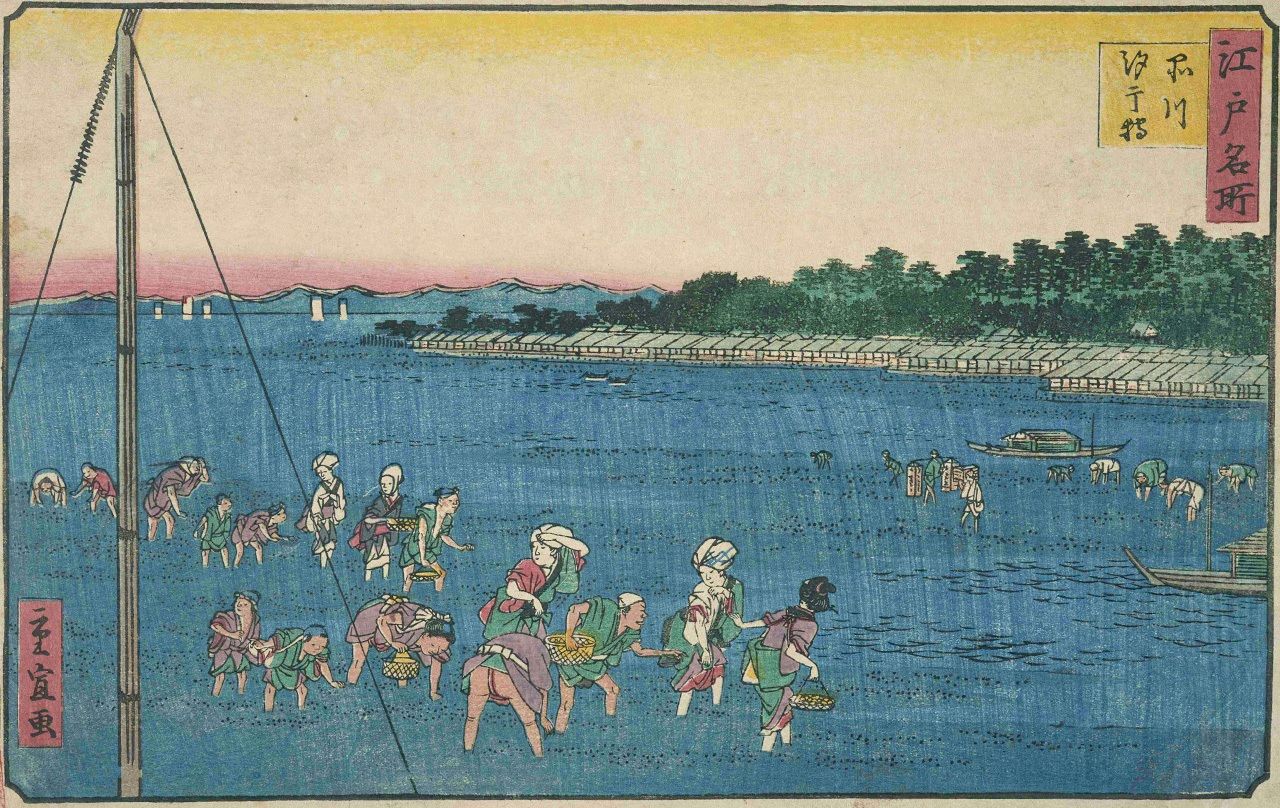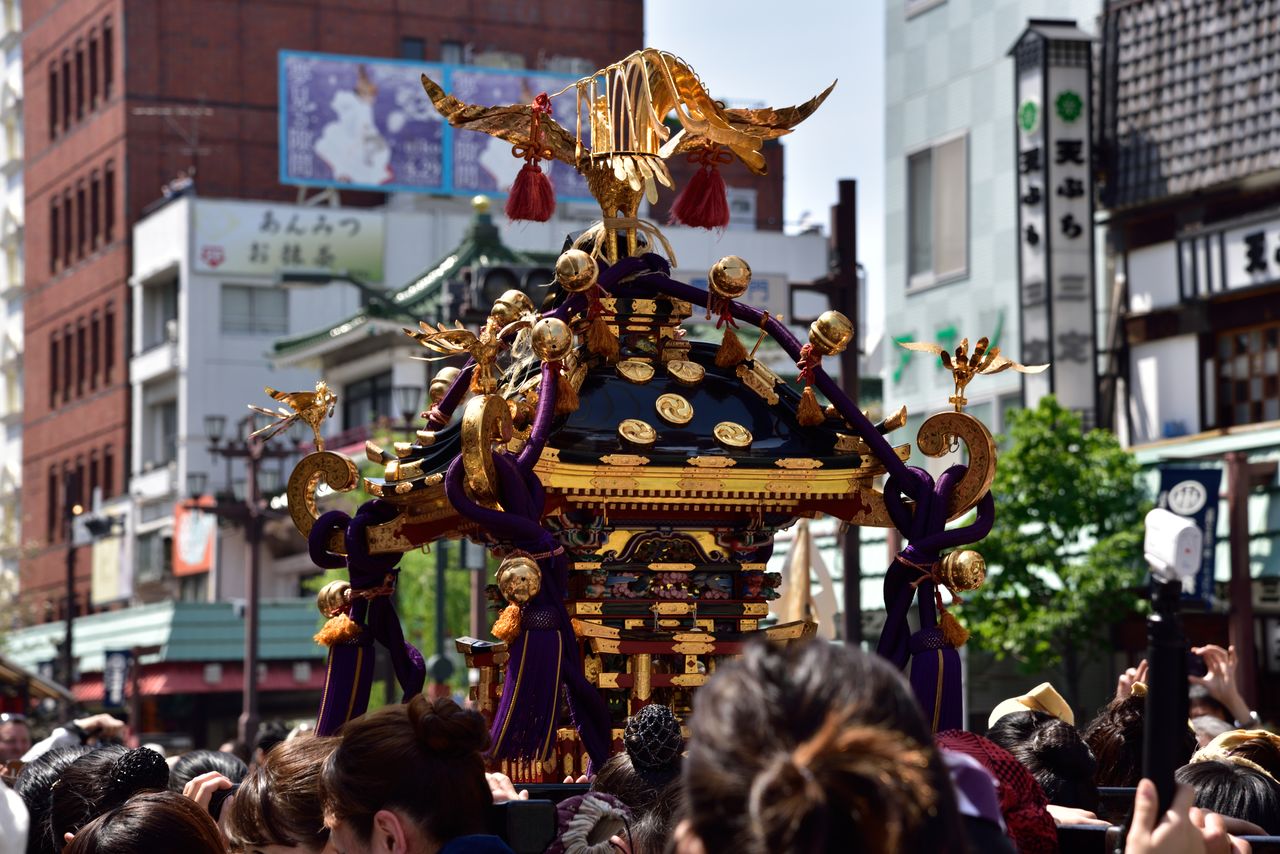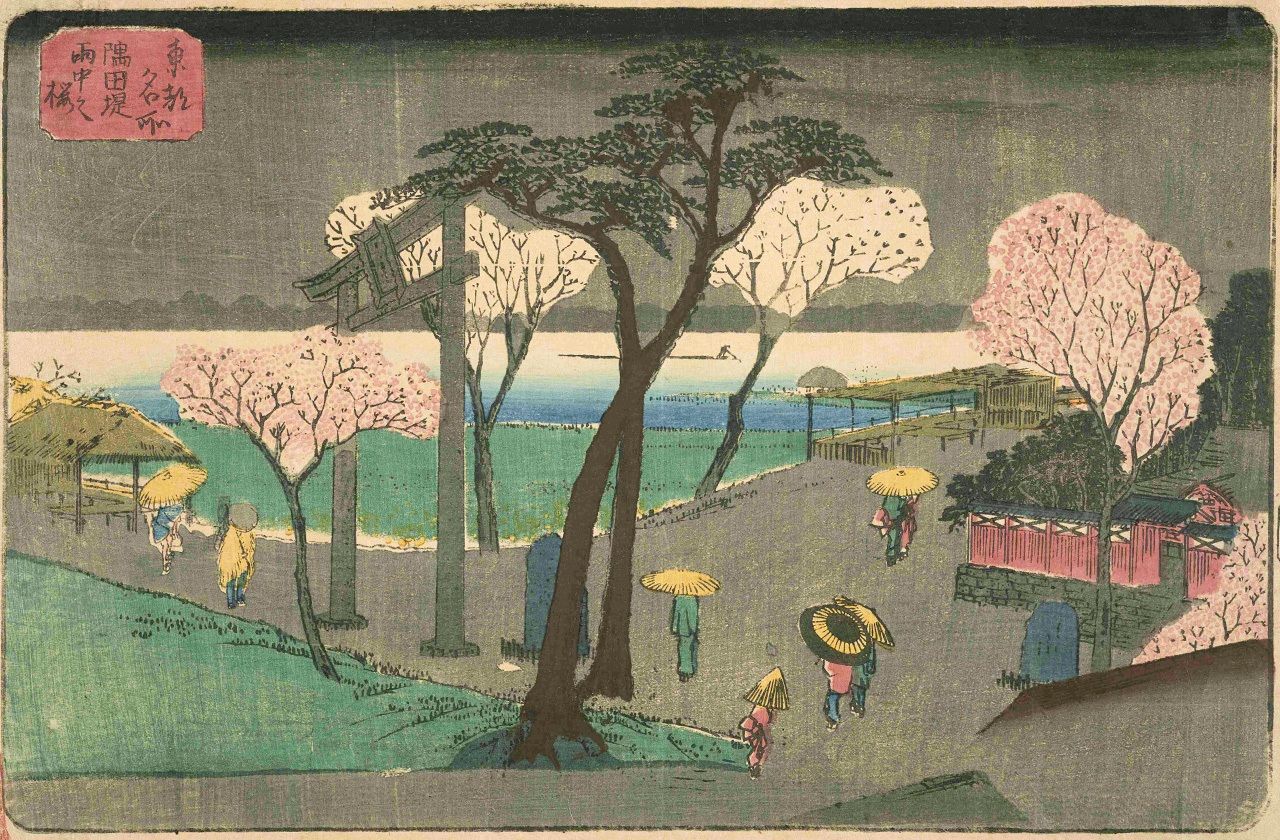
Japanese Traditional Annual Events
Yayoi: Doll Festival, Clam Digging, and Other Traditional Events in March
Culture Lifestyle Society- English
- 日本語
- 简体字
- 繁體字
- Français
- Español
- العربية
- Русский
The Dolls of March
March features a number of traditional celebrations centered on the coming of spring. The main event on March 3 is Hinamatsuri, Japan’s doll festival. It is one of the gosekku, five seasonal festivals observed at different times of the year that took root in Japan in part through the influence of Chinese philosophy (they include Jinjitsu on January 7, Tango no Sekku on May 5, Tanabata on July 7, and Chōyō on September 9). Peach blossoms bloom around the beginning of the third lunar month, also known as Yayoi, and were thought to ward off malicious spirits, lending the celebration its other name, Momo no Sekku (peach festival).
The connection with intricately crafted hina dolls arose from the early use of the toys as emblems in purification rituals. This tradition of aristocratic families displaying simple dolls on March 3 (or the third day of the third month in the former lunar calendar) to pray for the health and development of their young girls predates Kyoto becoming the nation’s capital but gained traction during the Heian period (794–1185). In some areas, dolls were set afloat in the sea or on rivers in the belief that they carried away any defilement or bad luck attached to the owner in a custom called nagashibina, which is still observed in parts of Nara and Tottori Prefectures. The dolls and regalia became more ornate over time, and by the middle of the Edo period (1603–1868), Hinamatsuri had become a popular celebration throughout the nation.
A related custom observed on the same day was Jōshi. This tradition of ritual purification has ancient roots on the Asian mainland and is believed to have influenced the development of the doll festival.
The association of Hinamatsuri with girls grew more pronounced during the Edo period, as did the connection of Tango no Sekku on the fifth day of the fifth month with boys. Prior to this, the gender distinctions of the two festivals were less pronounced, with both celebrating the growth of children. One theory posits that the appearance of iris flowers around Tango no Sekku strengthened the association with the growth of young boys as the Japanese name of the flower, shōbu, is a homophone for a term meaning “military spirit.” Meanwhile, Jōshi, in the form of the Hinamatsuri, became an event for girls.
By the eighteenth century, Hinamatsuri had developed many of the ornate trappings that it is known for today. According to one account, on the day before young girls would dress in fine kimonos and offer gifts of sake and special dishes to relatives and customers of merchant houses. Elaborate hina dolls were the highlight of the celebration, but as these grew more lavish the custom drew the scrutiny of the government.
During a reform period starting in 1787, Tokugawa authorities clamped down on what they saw as rampant luxury, including banning large doll displays. However, the edict had limited impact in the face of prevailing social conditions. Infant mortality was a fact of life in the Edo period, and parental desire to assure the health and wellbeing of their children could not be legislated away. This combined with the native sense of beauty and ornate doll-making techniques of the day to make Hinamatsuri a bright and colorful celebration.

Girls in fine kimonos admire a display of hina dolls in a print from the series Children Playing During the Five Seasonal Festivals by artist Torii Kiyonaga. (Courtesy the Tokyo National Museum/Colbase)
A recent development is the belief that dolls must be packed away quickly after the festival for fear of impacting young girls’ chances of finding a marriage partner when they grow up. This superstition dates from the Shōwa era (1926–1989) and is thought to stem from the antiquated view that a mother failing to keep a tidy house would rub off on a daughter, subsequently reducing her value as a bride.
Family Outing
The spring tide in March was a popular time for combing mudflats in Edo Bay (now Tokyo Bay). As the water receded from early morning into midday, people would gather for shiohigari, collecting clams and other mollusks from the muddy sediment in places like Shinagawa, Takanawa, and Fukagawa Susaki.
The most diligent would arrive before sunrise and take small boats into the open water. As the tide began to recede at around 6:00 am, they would collect different varieties of clams. At low tide, the wide expanse of flats exposed flounders and other small fish stranded in pools. With the shifting of the tide, clammers stowed their catches and took their boats ashore.
Shiohigari was a popular activity for families and remains so today, with parents and children heading to tidal flats in droves during the Golden Week holidays.

Clammers at the tidal flats in Shinagawa from the series Famous Places in Edo by Utagawa Hiroshige II. (Courtesy of the Tokyo Metropolitan Central Library Special Collection Room)
Great Edo Festivals
The Sanja Matsuri, one of Tokyo’s oldest and largest festivals, takes place in May at Asakusa Shrine, but prior to Japan adopting the modern calendar, it was held in the third lunar month on the combined grounds of the shrine and Buddhist temple Sensōji. Spanning the seventeenth and eighteenth days of the month, it celebrated the three chief deities of Asakusa Shrine.
The festival is famous for its three colossal mikoshi, but in the past there were as many as seven portable shrines. These included three gifted by third shōgun Tokugawa Iemitsu that were for show, one donated by parishioners, and three that were paraded through the streets. None of these remain today, having been lost to the frequent fires in the capital. The three mikoshi used at the festival today were constructed in the mid-twentieth century.

Parishioners carry a mikoshi during the Sanja Festival. (© Pixta)
The festival is known as a raucous event, attracting huge crowds of spectators along with the army of people carrying the shrines. In recent decades, rowdiness has become an issue, with people hopping atop the mikoshi and waving folding fans in disregard of warnings from the police. There has also been an uptick in confrontations between groups of gangsters displaying their trademark full-body tattoos, and arrests have become all too frequent. Adding to these woes, the COVID-19 pandemic twice forced the cancelation of the festival, and organizers are hoping the historic event can move past these issues in the coming years.
Other Traditional March Events
| Event | Day | |
|---|---|---|
| Dekawari | 5 | Servants finished their term of service and were replaced by new people |
| Fukagawa Hachiman Yamabiraki | 15 | The garden at temple Eitaiji opened to the public |
| Hanami | Late March | The start of blossom viewing at famous spots like Ueno and Asukayama |

Cherry Trees in Rain on the Sumida River Embankment from Utagawa Hiroshige’s series Famous Places in the Eastern Capital. The scene depicts a popular blossom viewing area in what today is Sumida’s Mukōjima. (Courtesy of the Tokyo Metropolitan Central Library Special Collection Room)
(Originally published in Japanese. Banner photo: Shiohigari by Katsushika Hokusai depicting a mother and her children out clamming. Courtesy the Tokyo National Museum/Colbase.)